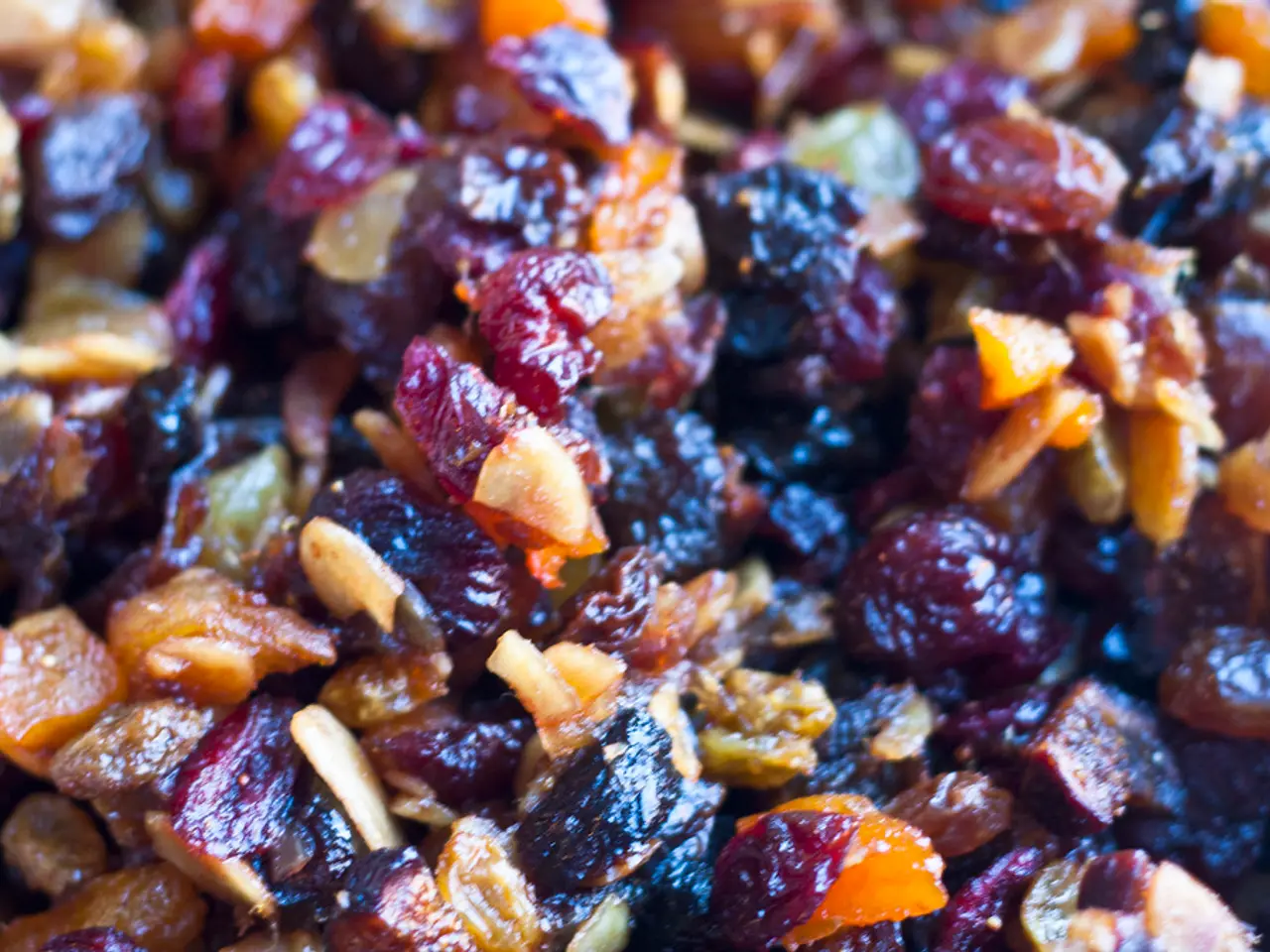Exploring the Strength of Minimally Digestible Diets: A Roadmap to Gastrointestinal Healing
=====================================================================
A low-residue diet (LRD) is a specialized dietary approach designed to support individuals recovering from various gastrointestinal issues. This diet aims to reduce the amount of fiber, seeds, skins, and undigestible food particles that enter the intestines, providing critical support during times of digestive distress.
Common low-residue foods include refined grains like white bread, pasta, and rice, cooked vegetables without skins, lean meats, eggs, dairy products, and fruit juices without pulp. Lean proteins such as chicken, turkey, fish, and eggs are also excellent sources of protein that are gentle on the digestive system.
However, while a low-residue diet can be beneficial temporarily, its long-term effects can be detrimental to both digestive and overall health. A low fiber intake can lead to insufficient substrates for beneficial gut bacteria, promoting a shift towards harmful bacteria that increase inflammation and disrupt the gut barrier function. This, in turn, can result in slower intestinal transit and constipation, increased risk of chronic diseases, impaired metabolic health, and higher risks of colorectal and rectal cancer, inflammatory bowel disease, cardiovascular diseases, elevated blood pressure, and unfavorable lipid profiles.
It's crucial to gradually increase fiber intake and add more whole foods after healing has progressed to maintain long-term digestive health. Current clinical guidance emphasizes returning to a high-fiber diet for long-term maintenance to reduce recurrence and support gut and overall health. A fiber-rich diet promotes bowel regularity, supports beneficial microbiota, and lowers cancer risk.
Low-residue diets are an effective and essential tool for individuals recovering from gastrointestinal issues, such as diverticulitis, Crohn's disease, ulcerative colitis, and irritable bowel syndrome (IBS). These diets allow the digestive system to rest, repair, and recover, particularly crucial for people with gastrointestinal conditions or those recovering from surgery.
However, following a low-residue diet long-term may lead to nutrient deficiencies, particularly in fiber, vitamins, and minerals. It's important to note that a low-residue diet should not be followed long-term as a regular dietary pattern. Instead, it should be used only temporarily under medical supervision, with gradual reintroduction of fiber and plant foods for sustained health benefits.
In summary, while a low-residue diet can provide critical support during times of digestive distress, long-term adherence to such a diet may cause adverse digestive and systemic health effects. It's essential to consult with a healthcare professional when considering a low-residue diet and to understand its short-term and long-term implications for your health.
References:
- Dietary fiber and prebiotics: mechanisms, benefits, and applications
- Low-residue diet
- Dietary Fibre and Gut Health
- Diet and colorectal cancer prevention: current evidence and recommendations
- Clinical practice: managing IBD in adults
Read also:
- Secondhand Smoke: Understanding its Nature, Impact on Health, and Additional Facts
- Treatment Options for Uterine Cancer: An Overview
- Court in Madhya Pradesh rules that lewd conversations between a wife and other men can serve as grounds for divorce
- Essential Realities: Justifying the Need for Detention Facilities





